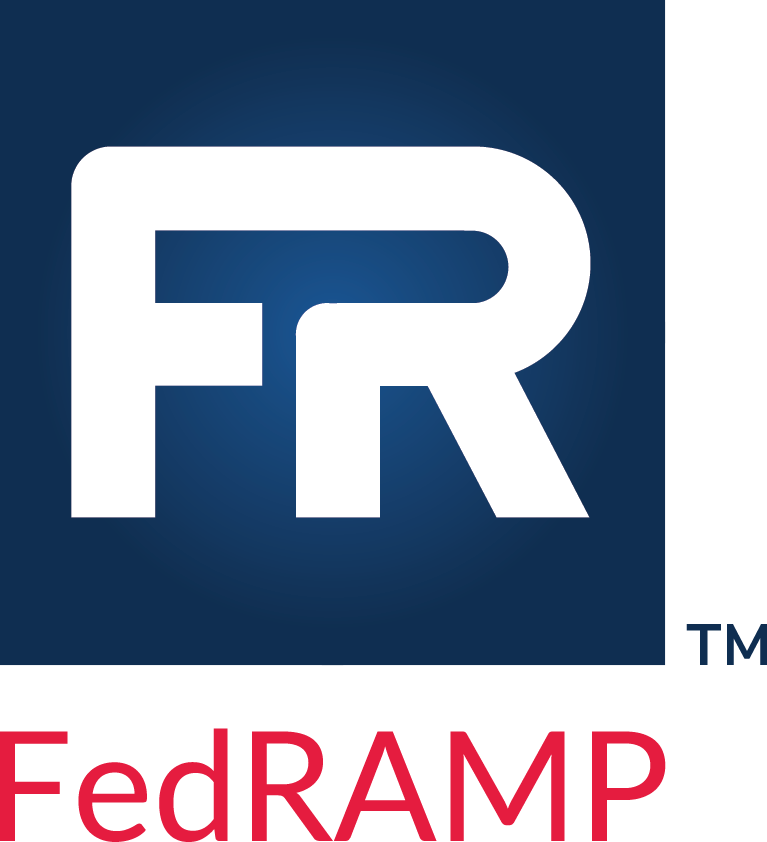Profile Resolution
Profiles are intended to identify upstream sources of control definition information and show only the changes to those upstream sources. This enables humans and computers to trace control definition changes back to their source framework.
While this ensures traceability of selected controls and modified content, it can also be resource intensive.

Profile Resolution.
This single file is essentially a pre-processed result of the profile import and modification content. A resolved profile catalog is useful for the FedRAMP baselines, given their static nature. Any tool that would normally open an OSCAL-based FedRAMP profile and process it against the NIST SP 800-53 catalog can instead simply use the resolved-profile catalog.
Each FedRAMP XML and JSON baseline profile has a resolved profile catalog in the same location as the pre-processed profile. Where available, these may be used by tools to save processing time.
The merge assembly within an OSCAL profile offers a profile resolver
control over how the final file is organized. To maintain the same
organization as within the catalog, simply use the as-is field and set
it to "yes".
The complete profile syntax is available here:
https://pages.nist.gov/OSCAL/concepts/layer/control/profile/
Resolved Profile Catalogs
The resolved profile catalog for each FedRAMP baseline is pre-processing the profile and catalog to produce the resulting data. This reduces overhead for tools by eliminating the need to open and follow references from the profile to the catalog. It also includes only the catalog information relevant to the baseline, reducing the overhead of opening a larger catalog.
Where available, tool developers have the option of following the links from the profile to the catalog as described above or using the resolved profile catalog.
Developers should be aware that at this time, catalogs and profiles remain relatively static. As OSCAL gains wider adoption, there is a risk that profiles and catalogs will become more dynamic, and a resolved profile catalog becomes more likely to be out of date. Early adopters may wish to start with the resolved profile catalog now, and plan to add functionality for the separate profile and catalog handling later in their product roadmap.
NIST’s Profile Resolution Tool
NIST created a profile resolution specification, and built a profile resolution capability based on that specification. The specification can be found here:
https://github.com/usnistgov/OSCAL/tree/main/src/specifications/profile-resolution
The actual tool can be found here:
https://github.com/usnistgov/OSCAL/tree/v1.1.2/src/utils/resolver-pipeline
Currently the tool requires the profile and all imported catalogs and profiles to be in XML format. For now, JSON content must be converted to XML before using this tool.
The tool requires an XSLT 3.1 processor, which is the same requirement for XML to JSON and JSON to XML conversions.
All XSL files provided at the link above must be in the same directory. Only oscal-profile-RESOLVE.xsl must be identified to the XSLT processor. All other files are called by this file as part of processing.
It is also possible to run the scripts directly from the NIST OSCAL repository by supplying the following URL directly to the XSLT processor:
https://github.com/usnistgov/OSCAL/blob/v1.1.2/src/utils/resolver-pipeline/oscal-profile-RESOLVE.xsl
This is a new capability provided by OSCAL and leveraged by FedRAMP. Please report bugs or provide feedback related to this tool directly to NIST at oscal@nist.gov or by submitting an issue here:


